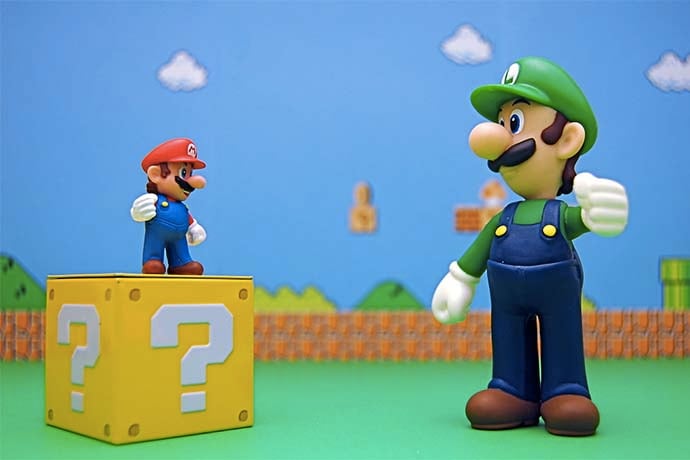There is no doubt that the past months have seen immense hardship for many. From social distancing to grocery shortages, the onset of a global pandemic has provided many with unforeseen challenges. Classrooms and students have not been spared from these challenges either. All around the world teachers have turned to online courses as students trade in the classroom for their bedrooms.
In this new distancing landscape, one surprising change has been the emergence of online gaming as a positive social force. Despite being blamed for many of the world’s ills in the past, video gaming has provided the world with a much-needed escape and a way to maintain social contact in uncertain times. Even the World Health Organization, who once vilified gaming, has endorsed it as a way to stay safe.
As a teacher of technology, I am no stranger to gaming, and I was happy to see my students delving into games like Animal Crossing or Rocket League throughout this ordeal. More importantly, seeing my students coping with a chaotic life event through online social interaction made me see how technology can help bring us together as we are apart.
So, after my school made the decision to move to a distance learning model, I altered my middle school technology curriculum to focus more on gaming. My curriculum has already had a unit on game design for quite a few years. The immersive worlds and ability to maintain social connection have made gaming a go-to activity for a whole generation. In the past, this has made it a great entry point for many into the coding that underlies technology.
So, to end the year I asked two things of my students. Firstly, I asked them to play the video games they enjoy. From Clash of Clans to Minecraft to Zelda, I asked them to play whatever game they choose, but with an eye towards design. What makes gaming so immersive? Why do we continue to return again and again to level up? What can we learn about human behavior from these games? Secondly, I asked them to play video games with a purpose.
For homework, each of my students had to download and play a game called Fold-It which is a crowd-sourced protein folding game. On the surface, Fold-It seems like a strange biological puzzle. However, the game is actually helping researchers at the University of Washington formulate new antiviral proteins by folding 3-D puzzles in game. Fold-It is a great example of how games can be used to help computers and researchers tackle a tricky, but beneficial problem.
Next, I asked my students to design games with a purpose in mind. From quirky side-scrollers in Scratch to open world adventure models, they were tasked with coming up with a game that is both unique and immersive. Their games had to have some beneficial property to other students stuck at home like themselves. Whether it was giving someone an escape or teaching other students about social distancing, they had to game design for the greater good.
In the end, 2020 has been a hard time for many young people around the world. In these times of great change, I have been encouraged seeing many of my colleagues teach with great empathy. It also has been positive to see gaming become a force for good and to see gamers making a difference. In a disaster such as we find ourselves, I always return to the sage advice given by children’s TV host Fred Rodgers many years ago, “When I was a boy and I would see scary things in the news, my mother would say to me, “Look for the helpers. You will always find people who are helping.”

